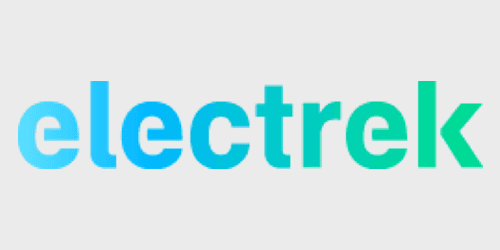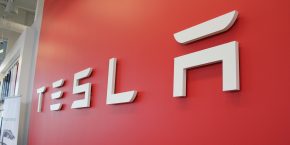

German newspaper Handelsblatt, which has often produced reliable insider reports on the German auto industry, now cites insider sources saying that Volkswagen is about to present to its board of directors a plan to build a ‘multi-billion euro battery factory’.
The publication suggests that the plan is likely to be approved.
The battery cell supply chain is close to the number one priority of any automaker looking to manufacture electric vehicles in high volume. Ever since the ‘Dieselgate’ scandal, VW has been under pressure to introduce more electric vehicles to its lineup and earlier this year, it announced plans to introduce 20 new electric vehicles through the group’s brands by the end of the decade.
Tesla figured out the importance of being involved in the supply chain down to cell manufacturing after it first started discussing the ideal end-consumer with battery cell manufacturers and they were talking about ~7 cells per consumer; maybe a few cells in a laptop and a few more in other mobile devices.
But in Tesla’s view, the average battery cell consumer would not own 7 cells, but thousands which would almost all end up in the battery pack of an electric vehicle. It became clear that something drastic would need to happen with the battery industry in order for electric vehicles to be produced in high volumes.
Through its mobile devices, Apple is one of the world’s biggest consumer of li-ion battery cells, but despite producing millions of units per year, it doesn’t consume anywhere close to Tesla’s battery cell needs even though Tesla only manufactures a few thousands vehicles per year.
In order to make a battery pack for one of Tesla’s cars, you need the equivalent of about 4,000 iPhone 6 Plus batteries – meaning that to produce just 50,000 cars, which was about Tesla’s production in 2015, the automaker consumes more batteries than Apple did for the 170 million iPhones it sold during the last fiscal year.
This undeniable need to increase battery cell production in order to achieve higher electric vehicle production volume led to Tesla going ahead with its own manufacturing effort, in partnership with Panasonic, through the Gigafactory in Nevada.

Featured Image: Stunning new 4k drone footage of the Tesla Gigafactory – March 2016 [Video]
Tesla named the plant “Gigafactory” because it aims to produce gigawatt-hours worth of battery capacity per year. Full capacity is predicted to be achieved in 2020 and would see 35 GWh of battery cell production and 50 GWh of battery pack output with the difference in battery cells being imported from outside the plant.
CTO JB Straubel recently hinted that these figures could be updated now that Tesla accelerated its Model 3 production ramp plans following higher than expected demand.
Considering Handelsblatt’s report mentions a “multi-billion euro battery factory” for VW, it would be safe to assume that the plant would aim to also have an output calculated in gigawatt-hours.
FTC: We use income earning auto affiliate links. More.




Comments